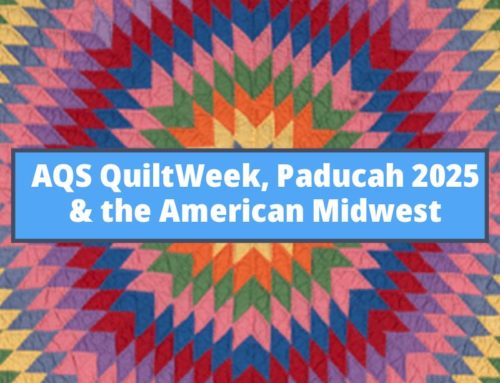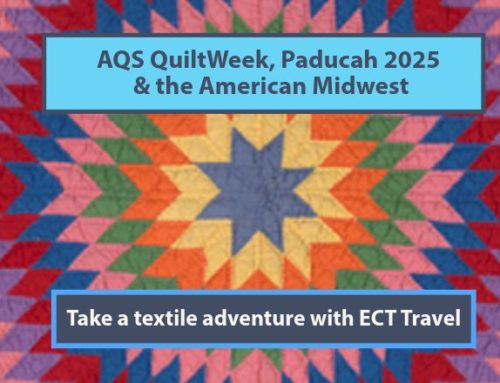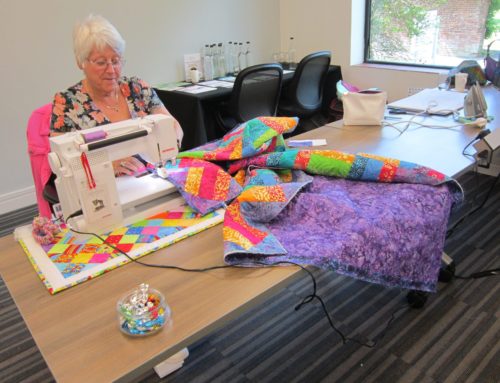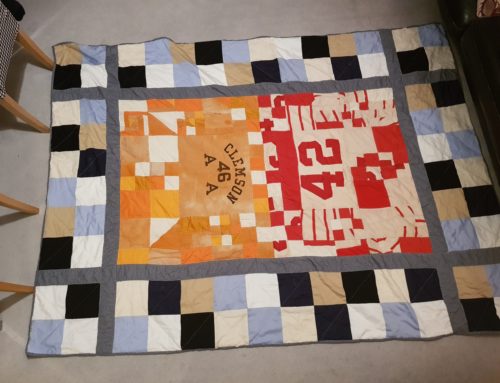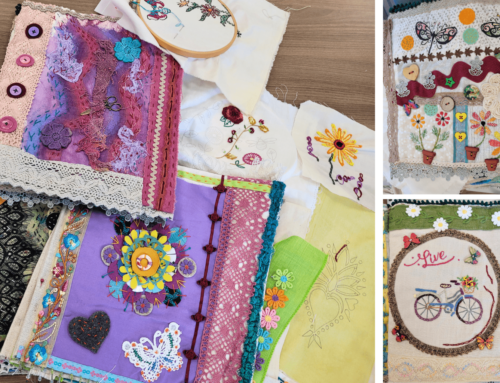We thought you might like to have a read this article from our CEO, Steve Barton, from October 2019’s CRAFT FOCUS. It’s about how shops can increase their footfall and benefit the local community at the same time. Do feel free to email us with your thoughts
How can I encourage customers to come in and turn my shop into a resource for my local craft community
We can learn from what the Americans are doing with “Make & Take” sessions. These are open afternoons or evenings (5pm and 7pm) where anyone can try their hand at a new technique.
The key thing, here, is to create a more informal environment in your shop where visitors can drift in and try a few stitches rather than commit to a 3 or 6 hour class. Call it a gentle taster versus a formal workshop.
The next important element is catering to a range of craft options. Creative people enjoy trying out new ideas and discovering new ways to express themselves. Rarely are they tied to one technique even though they may be more accomplished in one craft.
We’ve noticed that many of the justhands-on.tv subscribers who are, for example, dedicated quilters will also watch a “how to” workshop on knitting or a relatively niche textile art technique such as “Using organza, reverse applique and soldering irons to create floral panels.”
Interestingly, the “Make & Take” approach appears to be pulling in that difficult to attract younger audience. Perhaps it is because of their time poor schedules. Perhaps it is because they don’t feel confident enough to take a full class. Whatever the reason, you’ll get more of the younger audience into your shop by inviting them to “drop-by the store for an inspirational browse or chat.” as Lauren Guthrie, shop owner in Mosley and contestant from The Great British Sewing Bee puts it.
Once you’ve stimulated the first visit, the challenge becomes how to make this a regular behaviour?
According to the book, you encourage the adoption of a new behaviour by stimulating a trial of the new behaviour with an offer (e.g. a free coffee and “inspirational browse”). Repeat trial/reward sequence. Then, remove the reward after the behaviour becomes ingrained.
That last step sounds a bit mean. I don’t believe that you need to drop the free coffee as much as you need to keep the evenings informal and inspirational. Then, provide a route to more advanced 3 or 6 hour workshops when your visitors find a craft area they would like to pursue.
One final thing that cannot be overlooked: quality tutors.
The best teachers anticipate your difficulty before you know it, and they can walk you through a simple solution without it feeling awkward. There is a real skill to teaching
The good news is that most shop owners and their staff have such teaching qualities. Still, don’t be afraid to bring in top tutors for your “Make & Take” sessions. We’ve found that every time we feature a product in a justhands-on.tv online workshop, there is a lift in sales of that product in bricks-and-mortar shops. We believe that using Britain’s finest tutors for our workshops is a big reason for that success.
An initial visit to a “Make & Take” session leads to a repeat visit + purchase, leads to making new friends, leads to a more advanced class, leads to more regular visits and trading tips on projects with people in the shop…and before you know it, these informal sessions are the special ingredient that places your shop at the centre of a thriving and vibrant local craft community.


